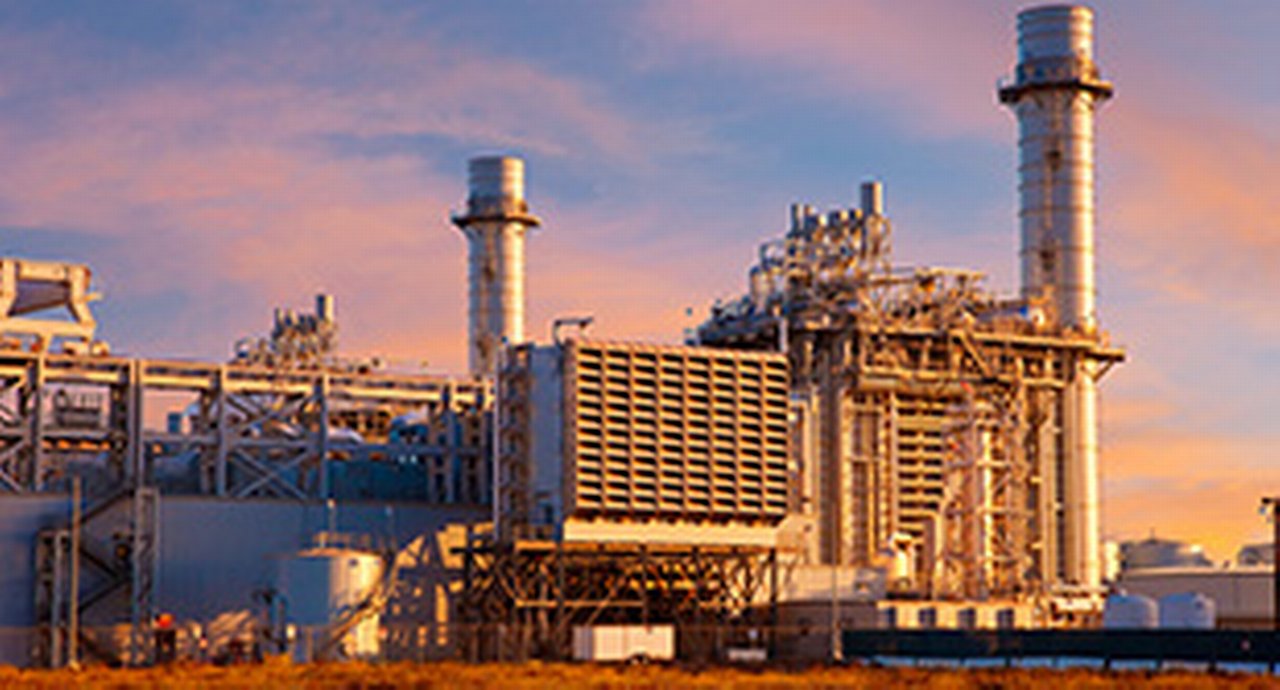24 March 2022
The Ukraine crisis has highlighted Europe’s dependence on Russia for gas while diverting attention from the wider issue of delivering on COP26 net zero pledges. Trade economist Rebecca Harding analyses the trade flows and explains how clean energy supply chains are also highly interconnected
MINUTES min read
Russia’s invasion of the Ukraine has resurrected the Seventies spectre of stagflation – spiralling prices and low GDP growth. With oil and gas prices at record highs, and consumers across the word consequently facing prohibitive increases in the cost of living, there is an urgent need to find alternative ways to meet the vast global demand for energy.
As observed by the UN Secretary General Antonio Guterres at a 28 February press conference, the conflict in Ukraine underlines how the continued reliance on fossil fuels “makes the global economy and energy security vulnerable to geopolitical shocks and crises”. He added, “A prompt, well-managed transition to renewables is the only pathway to energy security.”1
Even before the Russia-Ukraine conflict, reducing dependence on hydrocarbons needed to move from aspiration to a structured plan of action. After the COP26 conference in November 2021, 39 countries committed to “actions to align our international public support towards the clean energy transition and out of unabated fossil fuels”, which included moving away from funding them.2
US$2.08bn
“Our joint action is necessary to ensure the world is on an ambitious, clearly defined pathway towards net zero emissions, that is consistent with the 1.5°C warming limit and goals of the Paris Agreement, as well as the best available science and technology,” read the pledge.
An uncomfortable dependence
The current geopolitical situation reinforces the urgency with which the transition from carbon needs to be managed. World trade in fossil fuels in 2020 was worth US$2.08trn3. Russia supplied US$179bn of this, making it the second largest exporter in the world after Saudi Arabia. While the US and the UK import a relatively small percentage (around 8%) of their total requirements from Russia,4 Europe relies on it more heavily for supplies, accounting for around 45%, or 155 billion cubic metres, of its gas imports in 2021 and 27% of its crude oil imports in 2019.5
Russian fossil fuel exports to the EU27 fell at an annualised rate of 9% between 2015 and 2020 in value terms, from US$123bn to US$76.8bn respectively. Much of this reduction reflected a general drop in prices of mineral fuels. However, the EU’s imports of oil and gas overall fell by -6.5% annually over the same period suggesting that the region as a bloc was starting to move away from dependency on oil.
The US seems to have been the major beneficiary – oil and gas imports grew by a massive 13.4% annually between 2015 and 2020, albeit from a much lower base. During this period, the US opened up oil and gas exports, which offers a partial explanation; arguably, however, it also suggests something of a shift in energy security policy since the risks of reliance on one major supplier have been self-evident since 2009, further emphasised in 2014, when Russia shut off gas flows through Ukraine during its pipeline dispute over Ukrainian payments to Gazprom.6
Accelerating the exit
While it might seem a logical step to switch from Russia to alternative suppliers, Europe’s demand is unlikely to be met longer term by supplies from the US. Currently the region imports around US$27.8bn from the US, or less than one third of the US$76.8bn imported from Russia. What is clear is that any alternatives involve managing a transition process.
Might it be better for the EU27 to switch immediately to the priorities set by its own sustainability taxonomies and regulations? In other words, should the region focus on accelerating the exit from fossil fuels and, if so, where can it have the most effect most quickly?
“The EU’s taxonomy has included nuclear as ‘green’”
The obvious and immediate source of energy – with minimal dependency on countries or regions outside of the EU27 – is electrical energy, largely supplied by nuclear power. This is highly controversial as a source, but within Europe cross-border trade in electrical energy is worth around U$14.5bn annually. Germany is the largest exporter, despite its progressive move away from nuclear since 2011, with France second. The EU’s taxonomy has included nuclear as “green” and this means that there would be scope, regardless of likely unpopularity, to increase production from nuclear plants.7
The key will be to maintain Europe’s energy security and reduce reliance on supplies from elsewhere. The transition will be long and a shift to renewables such as solar or wind power will also increase reliance, at least in the short term, on China. This is because China dominates the supplies of wind turbine towers and blades as well as the basic structures for solar panels, particularly for photovoltaic components. Middle Kingdom is, by far, the largest source; accounting for US$62.9bn out of US$188bn of the world’s exports in this sector alone.
However, Germany is the biggest exporter of the specialised machinery to convert solar and wind power to energy, accounting for US$9.1bn of exports globally in this sector – or around twice as much as the next largest exporter, the US. In other words, there is scope for greater self-sufficiency in the provision of this type of equipment, but it will still rely on robust global supply chains – particularly from the Asia Pacific region – if a transition is to be managed swiftly. It’s a similar story for other energy sources, such as biogas or biomass: while Germany is the largest exporter, the US, China and Japan are also important meaning that there will always be a reliance on global supply chains for these alternatives too.
Keeping the lights on
Trade in alternative energy sectors globally added up to around US$1.2tn at the end of 2020; over 50% of the US$2.08tn that is currently traded in fossil fuels worldwide, and that is before any energy is produced. It’s clear that the whole world needs to move away from fossil fuels on pure sustainability grounds and quite independently from the current geopolitical tensions. However, this transition process, will be slow and no less interdependent than the era of oil and gas which we intend to leave behind.
Sources
1 See Ukraine on the brink at flow.db.com
2 See https://bit.ly/3quuduk at ukcop26.org
3 Trade data is taken from the Coriolis Technologies Trade Data platform
4 See https://bit.ly/3NtJnd8 at gov.uk
5 See https://bit.ly/3DaUCSJ at ec.europa.eu
6 See https://bbc.in/3L6wBis at bbc.com
7 See https://bit.ly/3tyS7GT at ec.europa.eu

Dr. Rebecca Harding
Independent trade economist
Trade finance solutions Explore more
Find out more about our Trade finance solutions
solutions
Stay up-to-date with
Sign-up flow newsbites
Choose your preferred banking topics and we will send you updated emails based on your selection
Sign-up Sign-upSubscribe Subscribe to our magazine
flow magazine is published annually and can be read online and delivered to your door in print
You might be interested in
TRADE FINANCE, MACRO AND MARKETS
Ukraine on the brink Ukraine on the brink
Tensions between Russia and Ukraine having exploded into full-blown war, what are the repercussions for Russian oil and gas exports that escaped the EU and G7 sanctions deep freeze, and the wider risks to neighbouring economies? flow’s Clarissa Dann shares the insights from Deutsche Bank Research
Sustainable finance, Trade finance and lending
Towards 2050: the case for gas Towards 2050: the case for gas
The COP26 summit saw governments commit to achieving Net Zero by 2050, but this will prove “incredibly difficult to achieve”, a recent Deutsche Bank Research report concludes. flow’s Clarissa Dann examines why its analysts believe that although the world’s appetite for coal and oil must be cut, gas plays a vital role in keeping the lights on
TRADE FINANCE, SUSTAINABLE FINANCE
New face of trade New face of trade
Trade economist Rebecca Harding examines how Covid-induced patterns of shifting work and consumption have increased supply chain scrutiny and highlighted critical export flows



